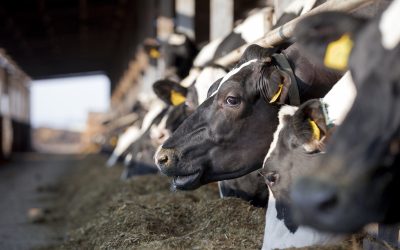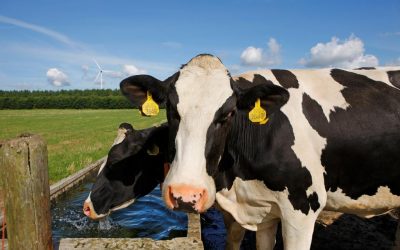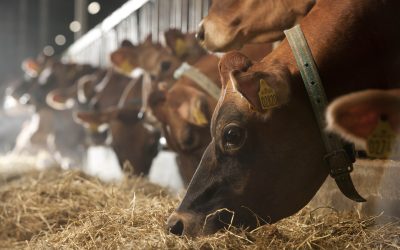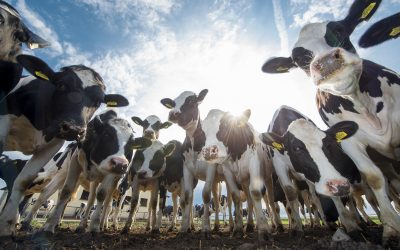Whitepaper: Control your mycotoxin risk in poultry
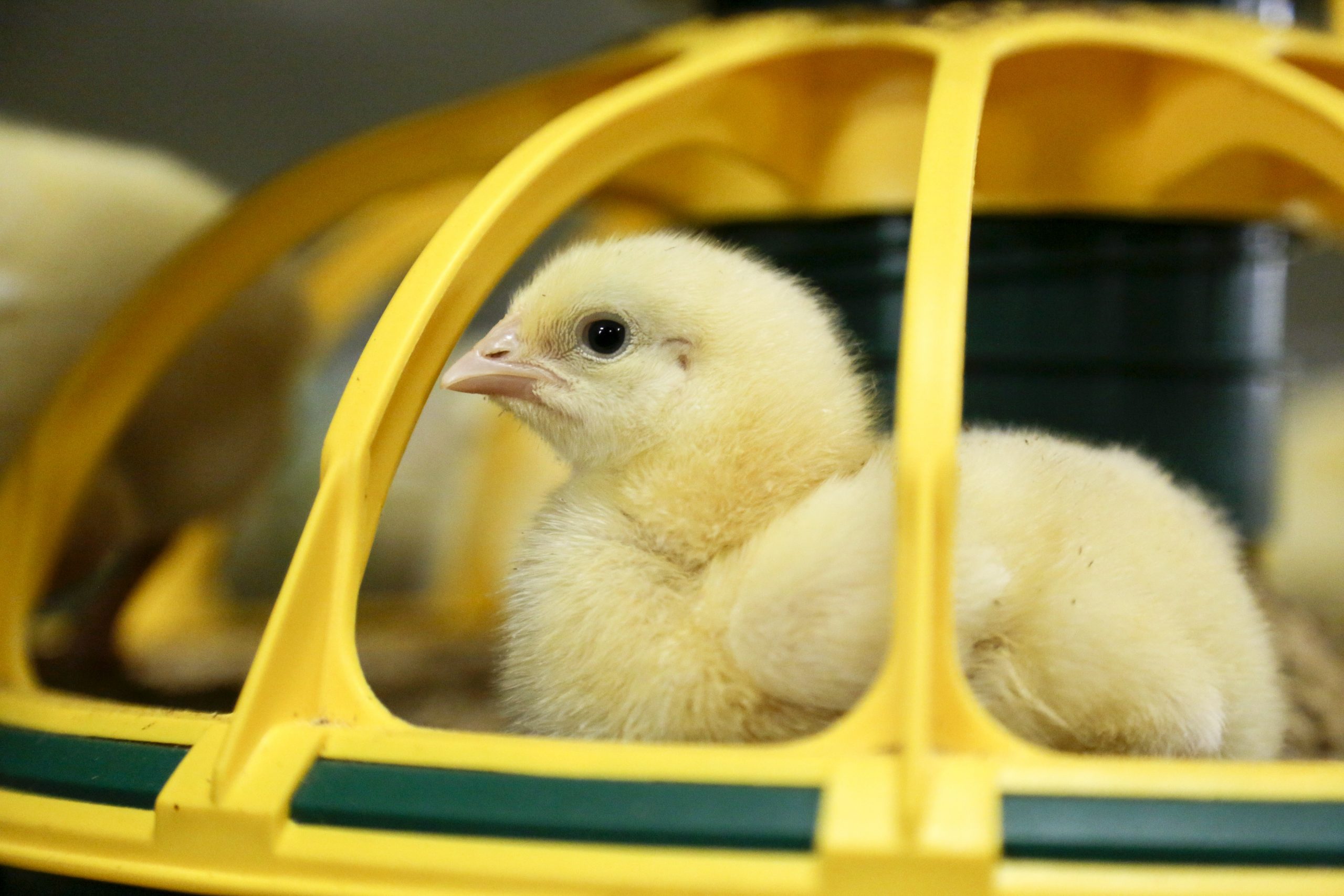
The adverse effects of mycotoxins on poultry are manifold and a clear and persistent danger. In particular, mycotoxins can reduce bird fertility or egg hatchability/quality. A new whitepaper on this topic delves further into the effects and solutions for mycotoxins in poultry.
All of the 400+ mycotoxins identified so far have different chemical structures/modes of action and different effects on various species. Although they often work synergistically, it is worth looking at their individual impact too. The 4 most impactful mycotoxin families for poultry are (Table 1):
- Aflatoxins,
- Ochratoxins,
- Fumonasins and
- Trichothecenes
Economic damage of mycotoxins
Aflatoxins cause great economic damage through a variety of effects in poultry, including decreased weight gain, poor feed efficiency, increased liver fat, changes in organ weights, reduction in serum protein levels and poor pigmentation. Aflatoxins can also affect laying hens and lead to reduced egg production, poor egg quality and increased mortality of challenged hens.
Ochratoxins are a group of structurally related metabolites that are produced by fungi belonging to the genera Aspergillus and Penicillium. Ochratoxin A (OTA) is the most prevalent mycotoxin of this group and the most toxic to poultry. Renal dysfunction caused by this mycotoxin causes increased water consumption, thus increased moisture in manure. As with aflatoxins, OTA may also cause enlargement and colour alteration in the liver of affected animals.
Affecting the immune system of birds
Fumonisins occur worldwide but are frequently found in countries with tropical or subtropical climates such as Brazil and the countries of South East Asia and Southern Europe in maize-based animal feeds. In the past, fumonisins were not considered a threat to the poultry industry. However, recent investigations have revealed that these toxic metabolites have an impact on birds’ immune and digestive systems.
Trichothecene mycotoxins are a group of fungal metabolites with the same basic backbone structure and include T-2 toxin, HT-2 toxin, diacetoxyscirpenol (DAS), monoacetoxyscirpenol (MAS), and DON (vomitoxin). When combined, DON and T2 have a severe negative impact on the gastrointestinal tract, mucosa, feathering and immune function causing necrosis and haemorrhage of the digestive tract, decreased blood production in the bone and spleen, and changes to reproductive systems.
Winning the war before it begins
We can’t eliminate mycotoxins altogether but there are many things that you can do to get some control over the situation. Just to name a few:
Good land management: Effective land management has been shown to dramatically lessen mycotoxin load before harvest.
Prevent/minimise the risk of mycotoxins during storage of grains: Keep in mind that next to humidity, temperature will have an effect on fungal growth and activity.
Proper testing of feed and raw materials: Mycotoxins may occur in feedstuff despite negative analytical results. Sampling frequency is therefore important.
Use of anti-mycotoxin feed additives: This is often used as a preventive measure. However, make sure you use the right inclusion rates.
Read more about mycotoxins in poultry and how to control them in the new whitepaper from Cargill.



